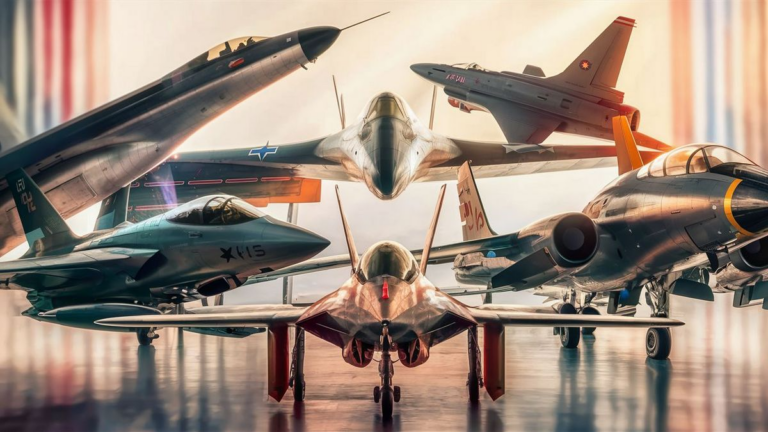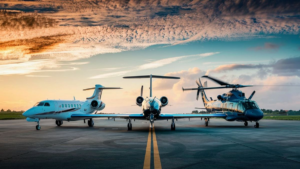Exploring the realms of aviation history and technological advancements, we delve into the intriguing question: What is the fastest manned aircraft? The pursuit of speed has been a driving force in aeronautics, leading to remarkable developments that have pushed the boundaries of human flight.
From experimental prototypes to operational jets, the quest for speed has witnessed several milestones throughout the years. Let’s embark on a journey through the skies, uncovering the fastest manned aircraft that have graced the heavens.
The Need for Speed
Human fascination with speed is deeply ingrained, and this fervor extends to the world of aviation. The desire to break speed barriers has fueled the creation of cutting-edge aircraft, each one pushing the limits of what was previously thought possible.
The Legendary SR-71 Blackbird
One of the most iconic names in the history of aviation is the Lockheed SR-71 Blackbird. Developed by the United States in the 1960s, the SR-71 remains unparalleled in its speed capabilities. Capable of reaching speeds exceeding Mach 3 (three times the speed of sound), this reconnaissance aircraft became synonymous with high-altitude, high-speed flight.
With its sleek design and advanced technology, the SR-71 held records for being the fastest and highest-flying operational manned aircraft for decades. Even today, its legacy endures as a symbol of aerospace engineering prowess.
Chasing the Hypersonic Dream
Beyond the achievements of the SR-71, recent years have seen a renewed interest in hypersonic flight. Hypersonic aircraft can travel at speeds greater than Mach 5, presenting new challenges and possibilities for aeronautical engineers.
Projects like the Boeing X-51 Waverider and the X-15 rocket-powered aircraft have contributed to our understanding of hypersonic flight. These experimental endeavors aim to pave the way for the next generation of ultra-fast, manned aircraft capable of traversing the atmosphere at unprecedented speeds.
The Future of Speed in the Skies
As we look towards the future, the quest for the fastest manned aircraft continues. Ongoing research and development in materials, propulsion systems, and aerodynamics hold the promise of even greater speeds and capabilities.
International collaboration and competition drive innovation in the aerospace industry, with nations vying to lead the way in the development of cutting-edge aircraft. The skies above us are poised to witness the evolution of technology that will redefine our understanding of air travel.
In Conclusion
Answering the question of what is the fastest manned aircraft involves a journey through the annals of aviation history. From the SR-71 Blackbird to the pursuit of hypersonic flight, each chapter in this story contributes to the collective pursuit of pushing the boundaries of speed in the skies.
As technology continues to advance, we can only anticipate the emergence of new contenders in the race for speed, propelling humanity further into the realm of unprecedented aeronautical achievements.
Futuristic Materials and Aerospace Innovation
While speed has been a primary focus in aviation history, the future of manned aircraft is intricately tied to advancements in materials and aerospace innovation. Engineers are exploring futuristic materials that are lighter, stronger, and more heat-resistant, allowing for the development of aircraft that can withstand extreme conditions associated with high-speed flight.
| Material | Properties | Application |
|---|---|---|
| Carbon Nanotubes | High strength, low weight | Structural components |
| Graphene | Exceptional conductivity, lightweight | Enhanced electrical systems |
| Shape Memory Alloys | Flexibility, shape retention | Aerodynamic surfaces |
Frequently Asked Questions
-
What role do materials play in achieving high-speed flight?
-
Are there ongoing projects focused on developing advanced aerospace materials?
-
How do futuristic materials contribute to the efficiency of hypersonic aircraft?
Global Collaboration for Speed
International collaboration is becoming increasingly crucial in the pursuit of speed. Nations are joining forces to share knowledge, resources, and expertise to accelerate the development of cutting-edge aircraft. Collaborative projects not only promote efficiency but also foster a collective approach to solving the complex challenges associated with high-speed flight.
See also:






